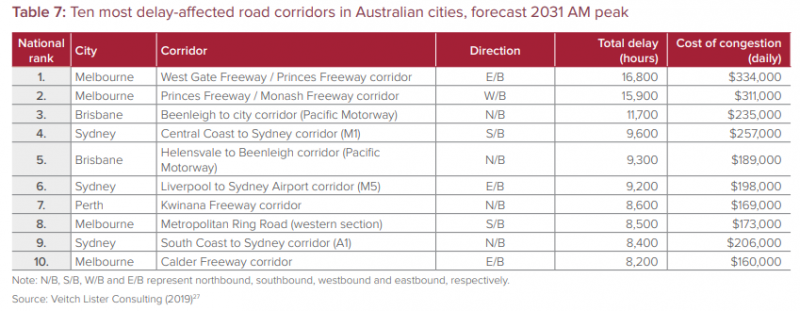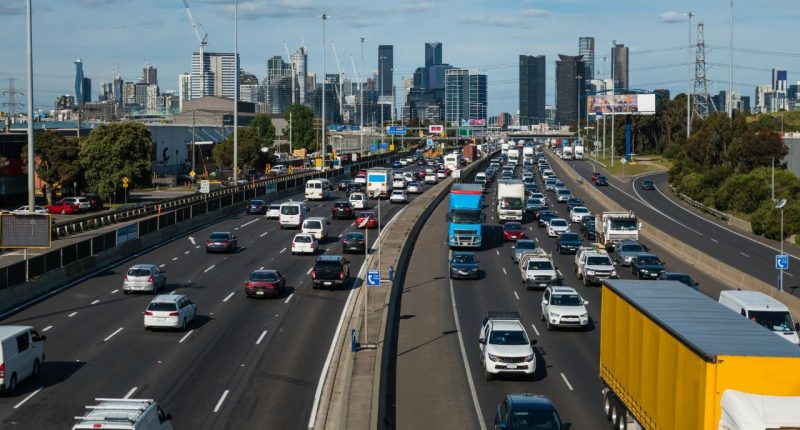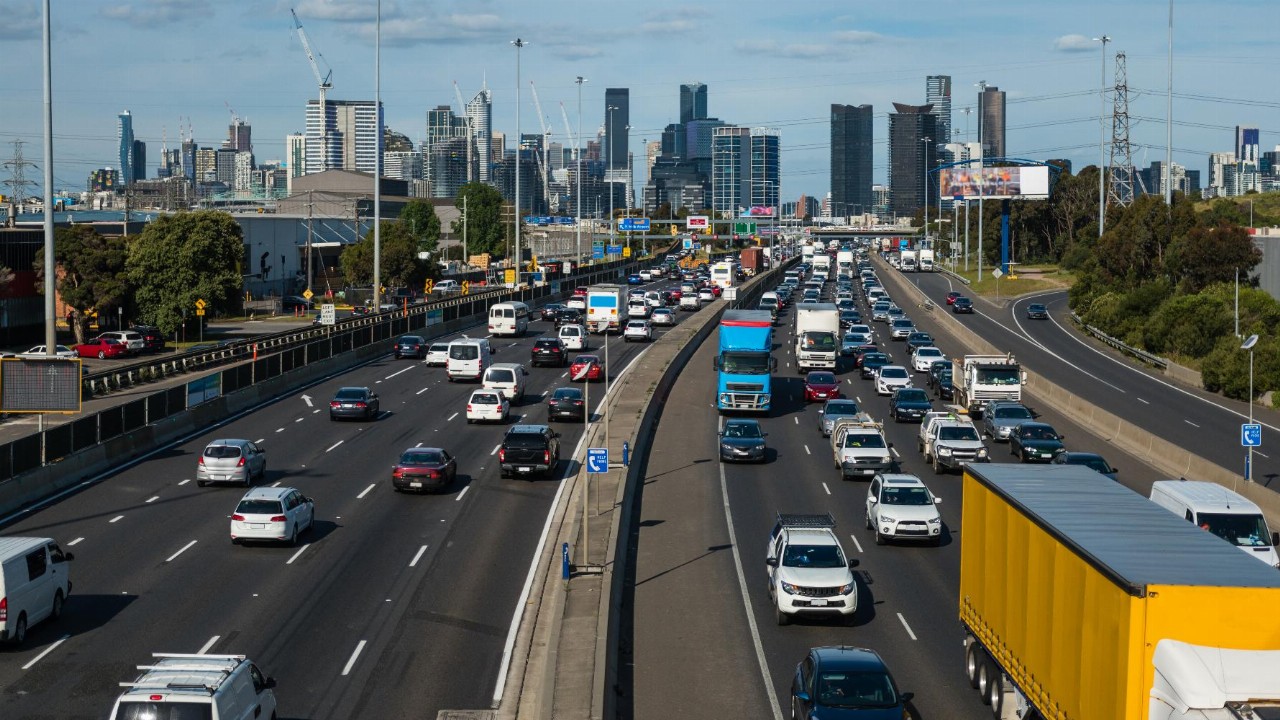- Traffic jams and unaffordable housing are the cause for the apparent decline in economic growth and productivity in the capital cities, new AHURI research says
- Research shows when workers confront growing housing expenses, households may be unable to relocate to where they may earn a better salary
- Simultaneously, some businesses are having difficulty obtaining personnel they want at rates that allow them to remain competitive in a global market
- Empirical data indicated that a US city of one million people indicates a wage rate 7.6 per cent greater than a city of 500,000 people
- Around 70 per cent of Australia’s economic growth occurred in capital cities between 2000–01 and 2015–16, an average growth rate of 3.2 per cent per year
Traffic jams and unaffordable housing are the cause for the apparent decline in economic growth and productivity in the capital cities, Australian Housing and Urban Research Institute (AHURI) research shows.
The report, ‘Relationships between metropolitan, satellite and regional city size, spatial context and economic productivity’ was undertaken by researchers from the University of Adelaide, Curtin University and the University of Glasgow (UK).
It reveals that when workers confront growing housing expenses as a result of urbanisation, households may be unable to relocate to where they may earn a better salary.
Simultaneously, some businesses are having difficulty obtaining the trained (and semi-skilled) personnel they want at rates that allow them to remain competitive in a global market.
“There is growing statistical evidence that rising ‘quit rates’ due to unaffordable housing and long commute times are already affecting cities such as Sydney, London, Toronto and Los Angeles,” lead author of the research, Professor Chris Leishman, now of the University of South Australia said.
“In those cities, frustrated demand for appropriate housing is leading to increases in the rate of 25 to 40-year-old workers leaving the metropolitan areas for smaller cities and towns. This limits local productivity growth by influencing labour supply, which cause losses in efficiency.”
Another report from AUHRI recently found that essential workers were being pushed out to the edge of the city fringes due to a lack of affordable housing.
New UNSW research also found that Australia’s housing market poses a threat to the wider economy, with rising property prices decreasing productivity and increasing inequality.
The benefits of agglomeration in foreign markets were measured in the study, with empirical data indicating that a US city of one million people indicates a wage rate 7.6 per cent greater than a city of 500,000 people.
Previous evidence analysed for the paper, on the other hand, revealed that for a majority of nations, relatively small cities with populations of up to three million people are more favourable to innovation and economic growth.
In a similar vein, the new AHURI study indicates that the positive link between population and income is conditional on city population levels, implying that higher population levels improve wage rates for smaller cities rather than much bigger ones.
The slowdown of productivity growth in cities is a global issue with most big cities across the globe previously enjoying larger productivity increases than the countries they were in, but this has changed since the GFC, and they are now returning to mean national productivity growth rates, according to the research.
Around 70 per cent of Australia’s economic growth occurred in capital cities between 2000–01 and 2015–16, an average growth rate of 3.2 per cent per year, according to the 2019 Federal government’s Australian Infrastructure Audit 2019.
Almost 60 per cent of Australians live in our four largest cities and these cities are also growing quickly, with 72 per cent of national population growth occurring in these cities alone over the past ten years.
The 2019 report said that without continued action to combat the cost of road congestion and public transport crowding would double to $39.6 billion by 2031, however this number assumes that all infrastructure investment grinds to a halt.
During the period 2010–2018, metropolitan growth rates in advanced nations such as the United States, the United Kingdom, Finland and Denmark were lower than national growth rates.
“Government has an important part to play in our cities. Failure to manage the diseconomies of large cities, that is the high housing costs and long commute times, will reduce productivity and redistribute income and wealth away from the productive sector of the economy,” Professor Leishman said.
“To make large cities ‘work’ it will be essential to reconceive housing policies as being, in part, concerned with real economic infrastructure to facilitate economic development.
“A second step is to move away from a narrow focus on the poorest households and the homeless and to set their concerns within a broader housing-systems framework that has regard to all housing outcomes in the metropolitan area and in the nation.”








